winged harbingers of spring
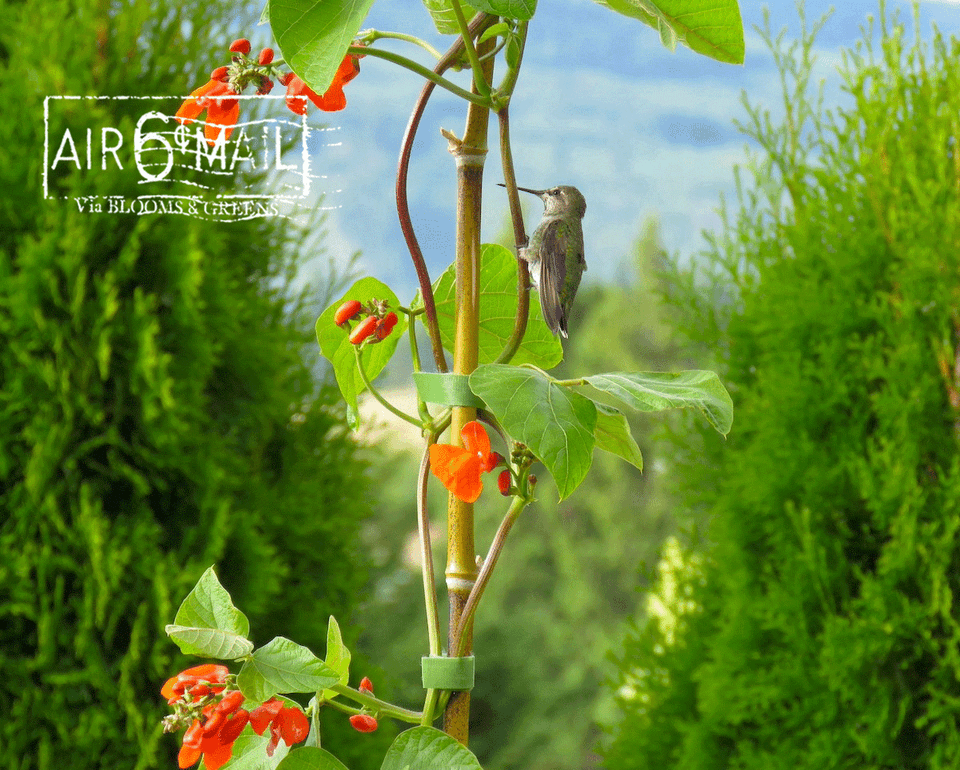
With spring just around the corner, we are pleased to feature Anna's Hummingbird on our March cover. These year-round resident species in the Pacific Northwest are known for their ability to survive in cooler temperatures than most other hummingbirds. Although they visit our garden often during the four seasons, their visits are less frequent in winter. It is always an exciting time when the air is again filled with their familiar sounds. We have observed them nesting in flowering plum trees, boxwood bushes, and hydrangea shrubs. If the weather is mild, they may begin nesting as early as December or January, but they may build as many as 3-4 nests per year, with the female being primarily responsible for constructing and caring for the nest and the eggs. This year, we saw them buzzing around the budding plum trees in mid-February.
Anna's Hummingbirds are also known for their unique vocalizations, which can include a series of clicks and whistles that they use to communicate with other birds and potential mates. We often hear them before we see them. During courtship displays, males will often make a high-pitched "chip" or "squeak" sound while performing aerial displays. Most days, their buzz is just a comforting sound in the garden.
One of the most distinctive features of Anna's Hummingbirds is their iridescent plumage, which can appear in shades of green, red, and purple depending on the angle of light. Males also have a vibrant pinkish-red gorget (throat feathers) that can flash brightly in the sunlight, especially during breeding season.
According to The Cornell Lab:
The iridescent throat patch of male hummingbirds is called a gorget. The Anna’s gorget extends over its head, making it more of a balaclava than a bib. Oddly, female Anna’s have a tiny red gorget—females of most species have none.
In their thrilling courtship displays, males climb up to 130 feet into the air and then swoop to the ground with a curious burst of noise that they produce through their tail feathers.
We are working on a photo gallery for a later post. In the meantime, you can listen to their calls here and enjoy the anticipation of a new season.
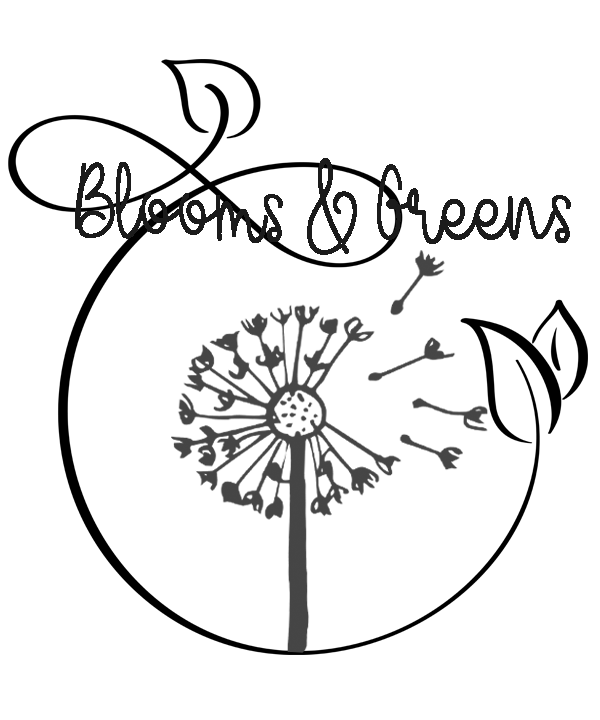
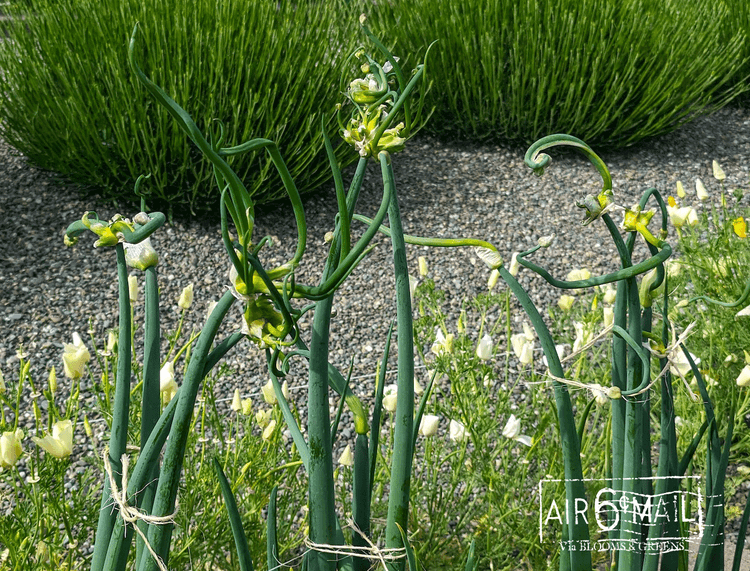
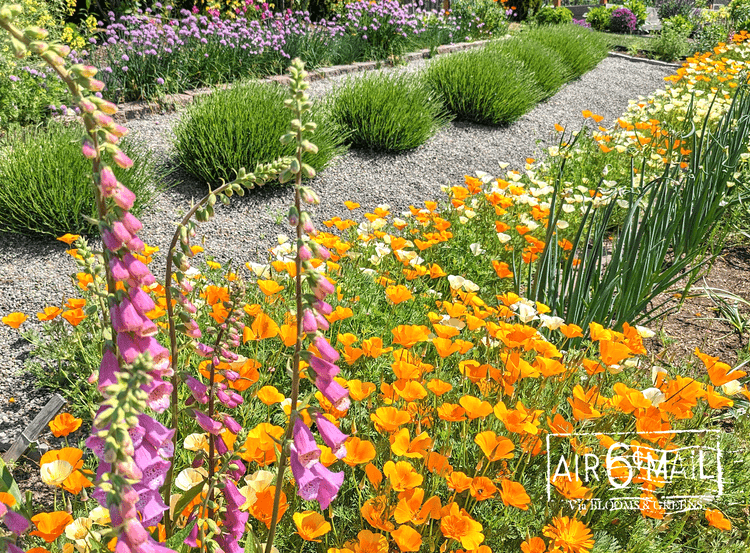
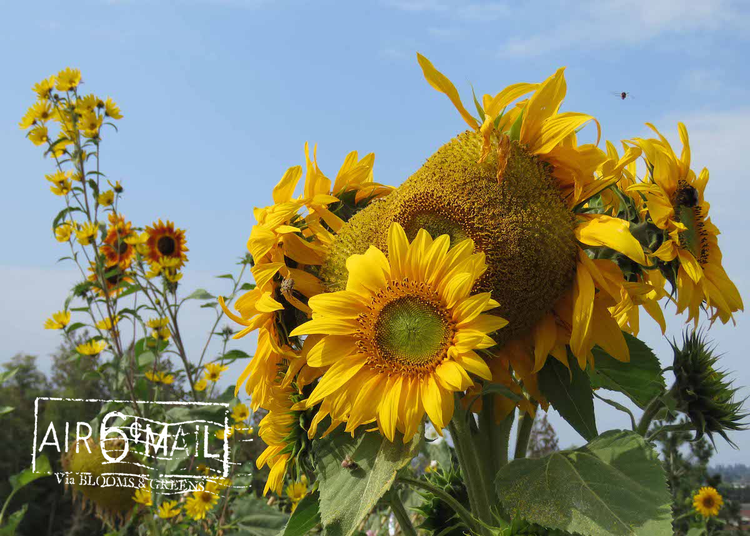
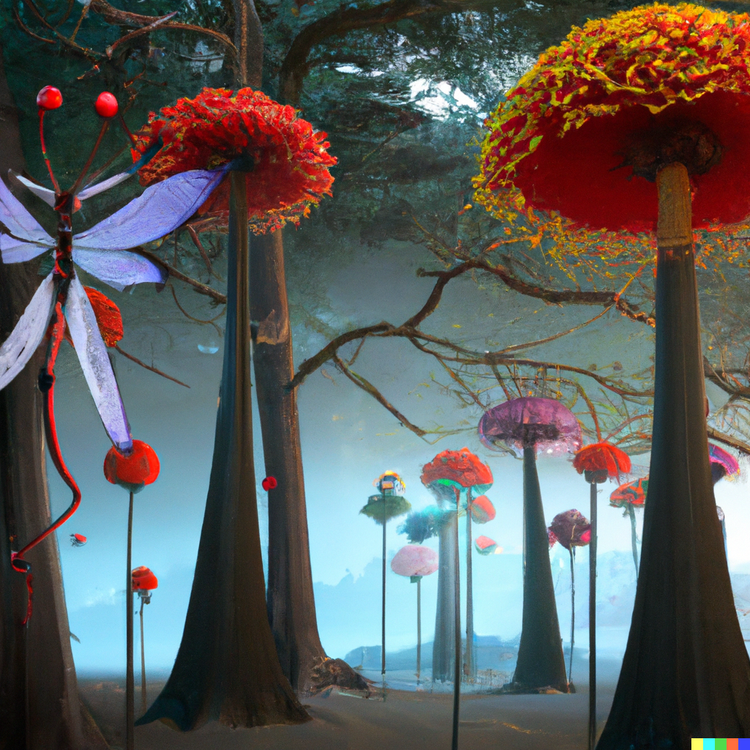
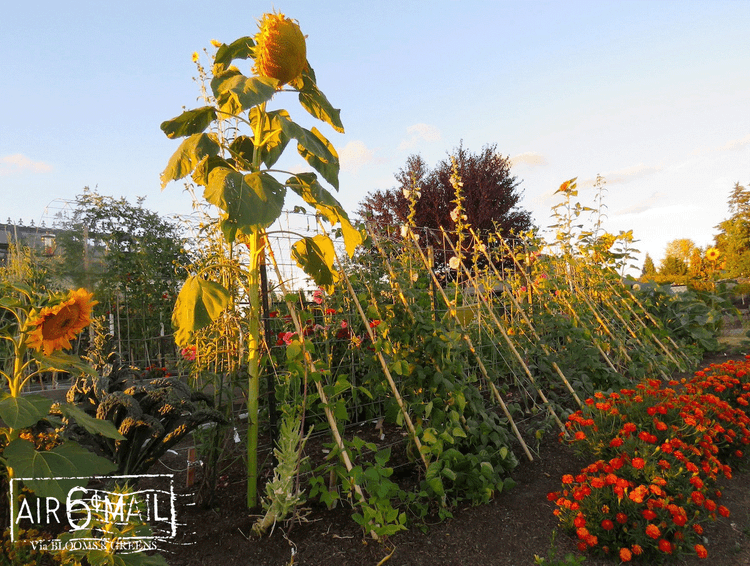
Member discussion